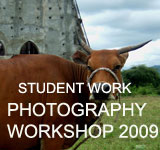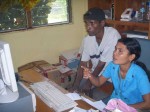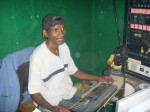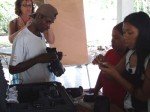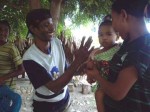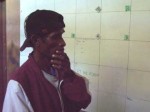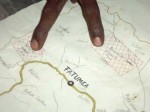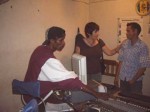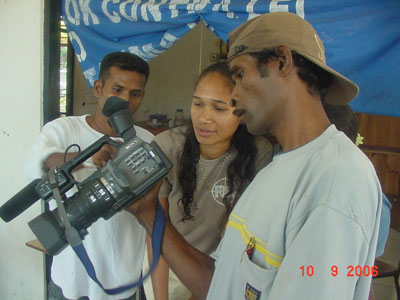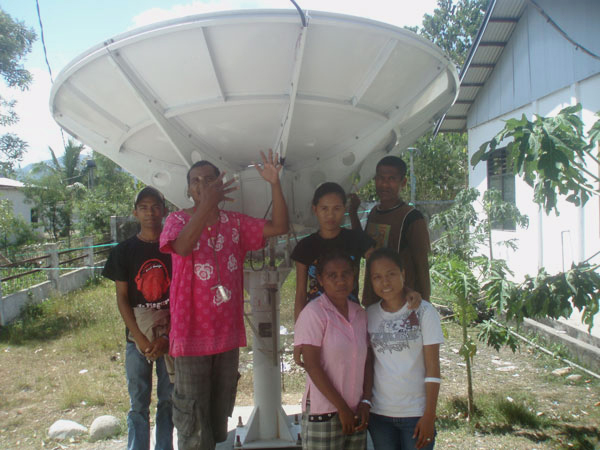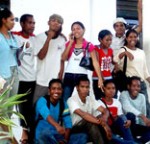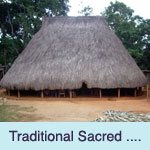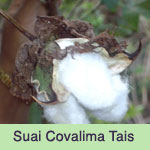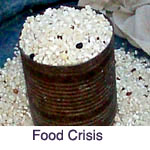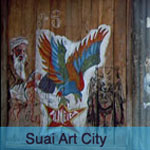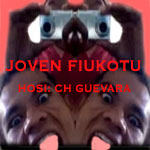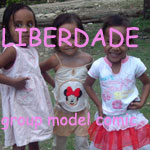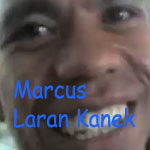Introduction
Peace – What is the meaning of peace around the world? Where’s the source of peace and who needs the peace? How do people get peace? Peace seems still a word without meaning – but who will give up the meaning of it? In expression of terminology mostly people inclined to pray to heaven, but how do we in practice it in our daily life?
-
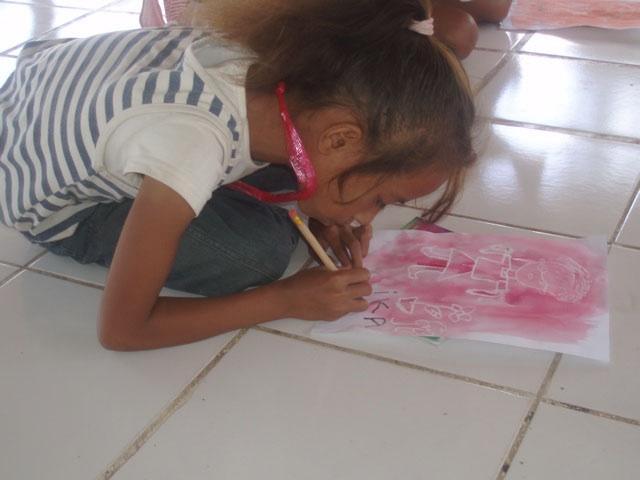
-
Maria Amaral drawing
-
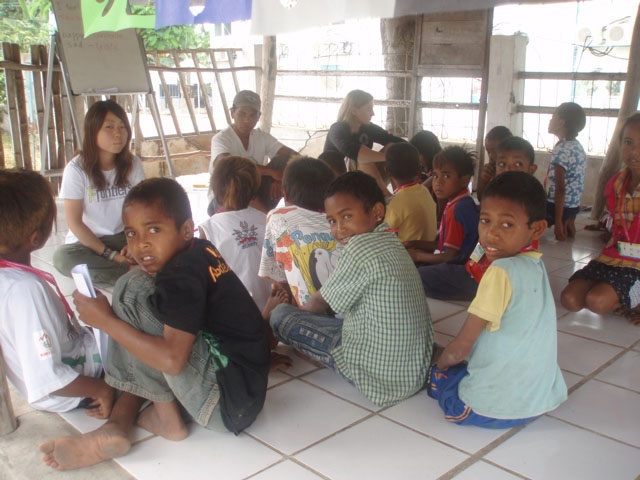
-
Yuico Anito Dan and Joe
-
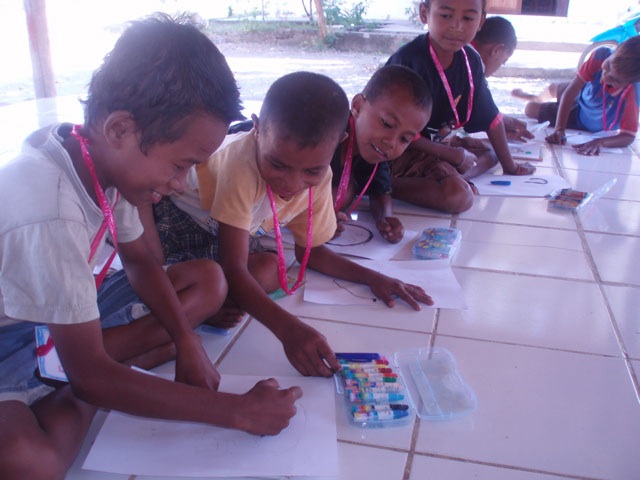
-
Murit Peace
-
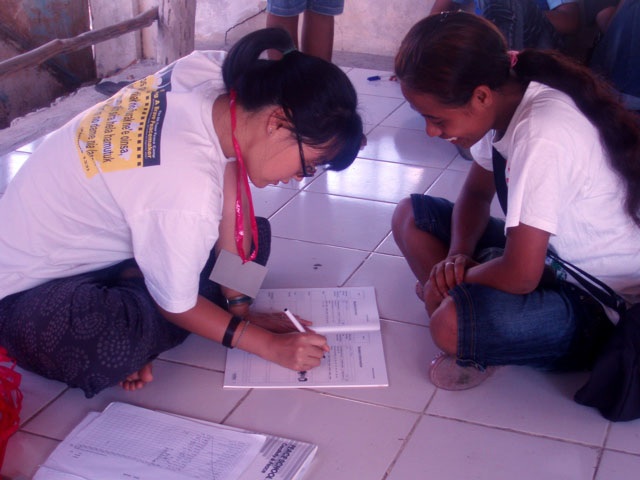
-
Quinta & Daeun
-
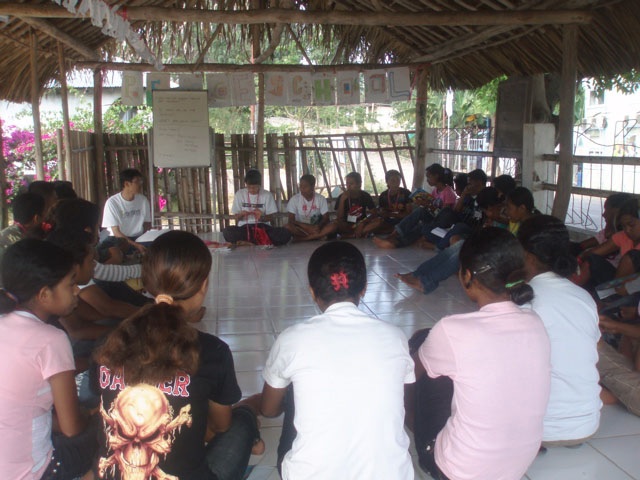
-
Peace Group
-
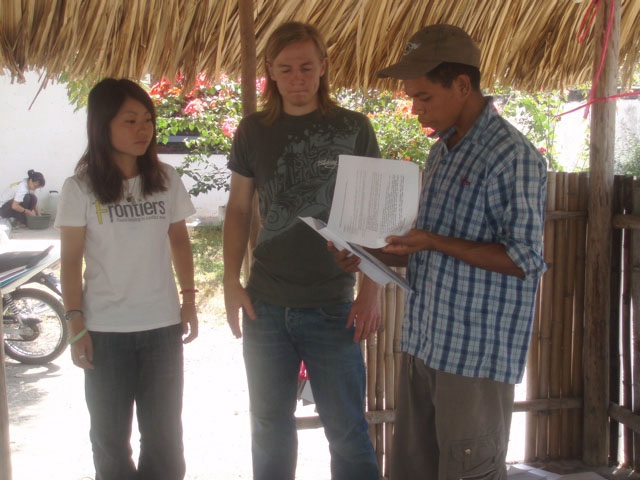
-
Yuyico, Joe & Anito
Timor Leste is a post conflict country that lived under violence and torture for many years. The violence continued in 2006 in the independence era. The crisis in 2006 may have been influenced by the former regime, under colonization. It is necessary to fully understand the meaning of living in peace under independence.
The way to lasting peace is for understanding to arise in the heart of every single person in Timor Leste and in the rest of the world. To start lasting peace it needs to arise from the personal, from the family, from groups and everywhere. Once upon a time I said, I want peace; but personally I haven’t peace in my heart and I was poor at practicing it. This means that there is no peace. We cannot make peace in little bits and pieces while asking for peace, it cannot happen, because peace is not miracle that falls from heaven. Neither can it come from our God that we worship day to day.
Youth Peace Camp
Based on the real situation in Timor Leste and in the world, Covalima Youth Centre is cooperating with The Frontiers from South Korea that has been conducting Youth Peace Camps annually since 2005 until now.
It was held this year from 28th July-22nd August. The program schedule was divided into 2 phases. In the first week representatives of each country conducted workshops to set up programs and activities in Kupang, Indonesia before holding Peace camps from 4th-22 August 2008 and organizing peace camps in the districts.
The Covalima Youth Centre delegated 2 participants – Lin and Anito – to become involved as instructors. Anito returned to Suai with 4 instructors: 1 from Germany, 1 from South Korea, 1 from Japan and 1 from Indonesia, while Lin selected to organize a Peace Camp in West Timor, Indonesia.
The Youth Peace Camp in Timor Leste, was conducted in 3 districts: Covalima District, Lospalos District and Oecusse Dsitrict.
Objective of the peace Camp
ÿ To put peace in the heart of young people to understand fully the value of love and peace.
ÿ To know exactly the meaning of peace and love affecting to our daily life.
ÿ For a number of participants to become pioneers of peace.
There were 60 young people participating in the Youth Peace Camp, divided into 2 groups. One group with about 30 participants, involved children 8-12 years old, and the second group, about 30 participants involved young people 14-17 years old.
The Youth Peace Camp also provided activities for the long holiday period the students in Covalima district had at this time.
Activities
1. Training
Training was provided to young people 14-18 years old. The training included such things as: Defining peace & love; the effect of peace versus loss of peace; Lasting peace; ways to practice peace; peace and conflict. This session involved brain storming, group discussion, story telling, rule play, games and singing. Training was conducted every afternoon for 3 hours.
2. Course.
The Camp provided the opportunity to hold an English course for the participants aged 8-12 years old to learn basic English. Most of the topics from the story books were related to peace; such as stories about a good child in the family, that future dreams are permitted, greeting and respect to the elders.
3. Painting
Painting was provided to the children 8-12 years old. This session allowed the kits to paint people or something else they might consider as an expression of love. It might come from father, mother, brother and sister, friends, animals (their chicken, dog, etc).
